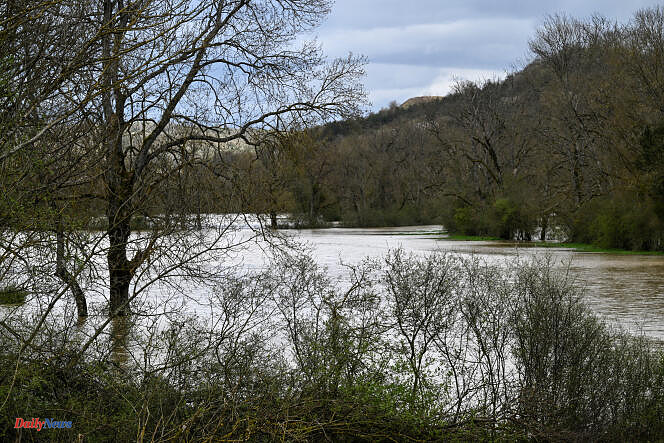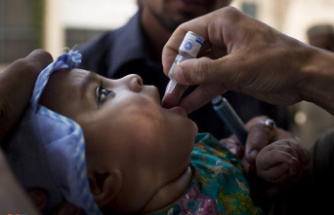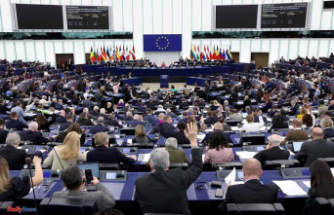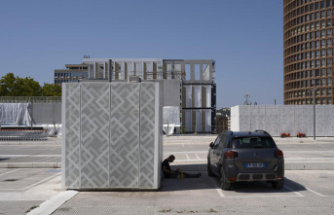With more than half of them now above normal, the situation of French water tables improved in March, thanks in particular to significant rains, according to the latest bulletin from the geological and mining research office (BRGM ) published Tuesday, April 16.
“In March, the situation improved again compared to the previous month. The state of the water tables is generally satisfactory: 27% of observation points are below monthly normals, 15% are comparable and 58% are above (respectively 36%, 18% and 46% in February)", summarizes the BRGM in its monthly bulletin.
The situation appears much more favorable than in March 2023, when 75% of levels were below normal. The past month was, in fact, marked by abundant rains with, according to Météo-France, a rainfall surplus of around 85% compared to the reference period (1991-2020). Bad weather and floods have even affected several French regions.
Deficit in Aude and the Pyrénées-Orientales
The territory was, however, affected unevenly by this precipitation, with a deficit of 50% in Aude and the Pyrénées-Orientales, which have suffered a serious lack of rain for two years, according to Météo-France.
Furthermore, rain does not always have an immediate effect on the water tables: it depends on the nature of the latter, depending on whether they fill more or less quickly, but also on the history of drought. “Only the aquifers in the west of the Mediterranean rim (west Hérault, Aude and Pyrénées-Orientales) maintain lower levels than in March 2023,” notes the BRGM. The Sundgau water table (southern Alsace) also remains low, due to its strong inertia, while the situation is heterogeneous in Corsica.
Concerning development trends, groundwater recharge remained “active on most groundwater tables” in March with levels increasing for 64% of observation points (57% in February).
“The recharge period is expected to end in April or May, depending on rainfall accumulations and aquifer responsiveness. The recharge episodes should then remain punctual and not very intense, except for significant rainfall events,” predicts the public establishment. “The situation will have to be particularly monitored on the aquifers on the coast of Languedoc, Roussillon and Corsica,” he warns.
This warning is made after a year marked by a historic drought in the Pyrénées-Orientales, a department with significant agricultural and tourist activity which has suffered numerous restrictions on water use. Across the border, Barcelona and its outskirts were placed in a state of “emergency” in early February with new restrictions on water use.












